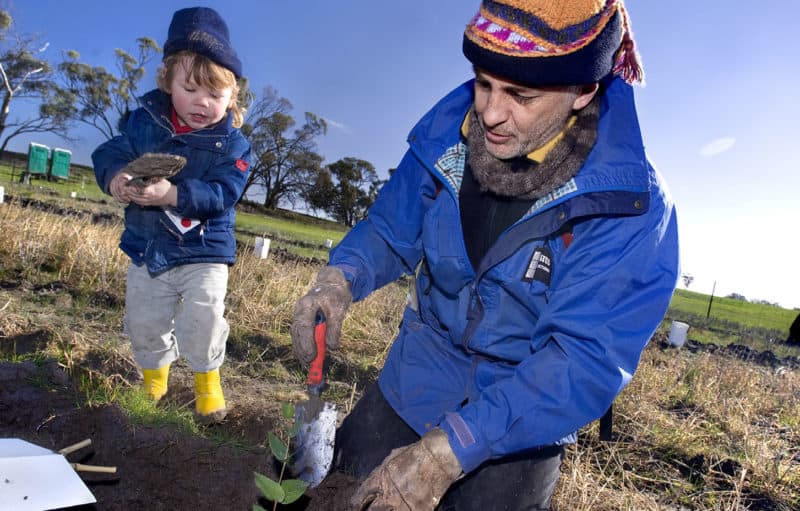PARK WATCH June 2017 |
ReefWatch’s Kade Mills reports back on an ambitious strategy to bring back the forgotten shellfish reefs of Port Phillip Bay.
We all know what an oyster is. Many of us even enjoy their creamy, briny taste. But did you know that there are oysters in Port Phillip Bay? And that once there were vast tracts of oysters and mussels covering the seabed of the bay creating what we refer to as shellfish reefs? Or there were once around 60 oyster saloons in the city of Melbourne? No? Me neither, and I have spent years diving, exploring and researching in the bay.
It was only after I starting working on a project to restore shellfish reefs in Port Phillip Bay and read the fantastic publication The Forgotten Shellfish Reefs Of Coastal Victoria documenting the loss of a marine ecosystem over 200 years since European settlement (available free from the Royal Society of Victoria), that I understood what we had lost and the amazing journey that has now begun to restore this once prevalent habitat.
What happened to the shellfish reefs in Port Phillip Bay?
The simple answer, they ended up in our stomachs. Mussels and oysters were an important part of the indigenous diet, and middens made up of their shells can still be observed in the Melbourne metropolitan areas of Sandringham and Brighton.
But it was European settlement that would lead to the collapse of the shellfish reefs. Since European settlement it is estimated that we have lost over 95 per cent of native flat oyster and blue mussel reefs in Victoria, with overfishing, dredging, pollution, introduced species and disease all playing a part in their demise.
However, isolated individuals and small clumps remain on the sediments of Port Phillip Bay, giving us hope that they can be returned to being a dominant habitat-forming species.
Why restore shellfish reefs?
They clean water and create habitat. Oysters and mussels can filter two to five litres of water per hour, improving water quality by removing algae and nutrients from the water column.
The reefs that get created when oysters and mussels grow on top of and next to each other provide homes for a myriad of crabs, snails, worms and fish, in turn increasing biodiversity.
How are shellfish reefs re-established?
Slowly. Based on field surveys and historical accounts of the presence of shellfish reefs, two locations were chosen — Hobsons Bay near St Kilda and Corio Bay near Avalon.
At these locations The Nature Conservancy joined forces with Fisheries Victoria, The Thomas Foundation, the Victorian Recreational Fishing Licence Trust Fund, and the Albert Park Yachting and Angling Club to trial a shellfish reef rebuild.
The pilot project placed hundreds of oysters raised at the aquaculture facility in Queenscliff on small one by one metre plots of limestone to see if they would survive. They did. So the next stage, currently underway, involves placing thousands of oysters on 600 square metres of limestone.
Beyond this it is proposed to increase the restoration area to 20 hectares at each site, and then eventually to other areas of the bay. Successful restoration of shellfish reefs in the whole bay is reliant on knowing where natural populations will grow.
How will we know where to build additional shellfish reefs?
With citizen science power! With the help of VNPA’s program ReefWatch, a group of dedicated citizen scientists from community and dive groups from four locations around the bay have deployed structures—settlement plate units—to help determine if the isolated clumps of oysters that remain are producing larvae that can survive.
The settlement plate units are constructed from simple materials available in local hardware stores and are deployed to provide a surface for the oyster and mussel larvae to settle onto and grow.
The good news is they are working, and the even better news is that means there are plenty of oyster and mussel larvae floating around the bay looking for a place to call home, enhancing the chances for successful shellfish reef restoration.
Going forward ReefWatch plans to get more groups involved in more locations to better understand the dynamics of oyster and mussel settlement and survival around Port Phillip Bay.
Watch this (underwater) space.
- For more information about Reef Watch or how to get involved: www.vnpa.org.au/programs/reefwatch
